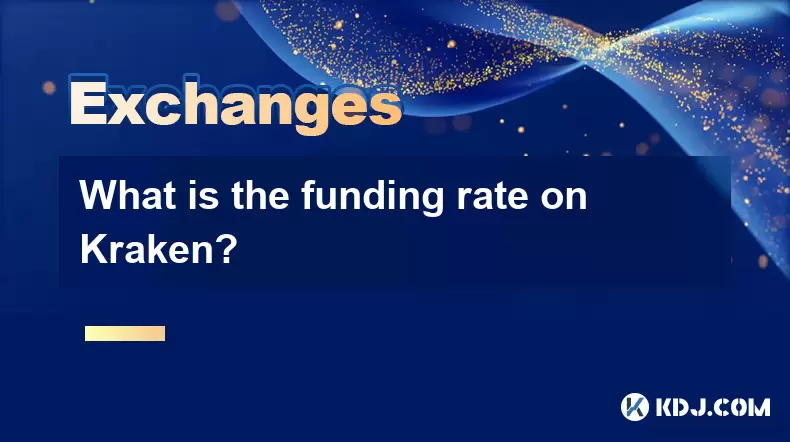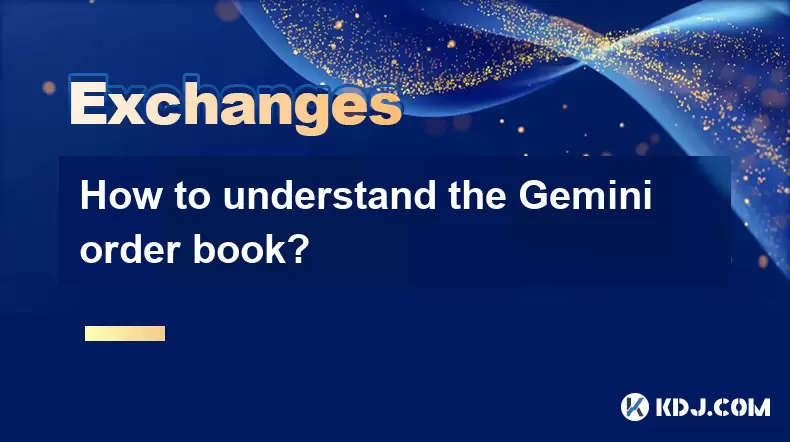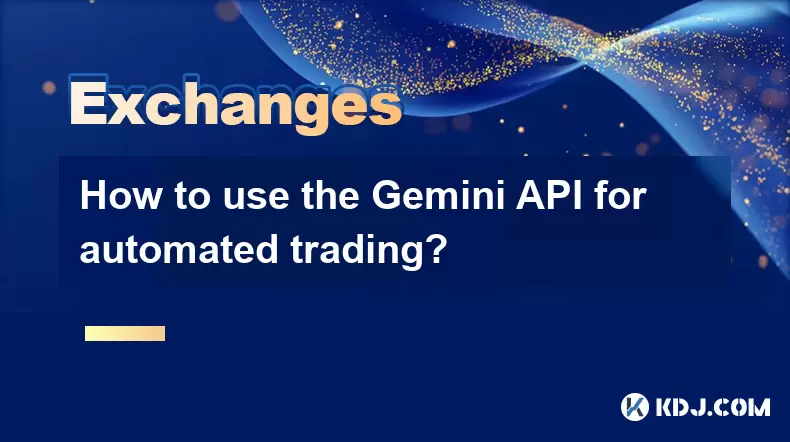-
 Bitcoin
Bitcoin $114400
1.85% -
 Ethereum
Ethereum $3496
2.62% -
 XRP
XRP $2.916
4.75% -
 Tether USDt
Tether USDt $0.9999
0.02% -
 BNB
BNB $751.9
1.74% -
 Solana
Solana $161.2
2.07% -
 USDC
USDC $0.9998
0.00% -
 TRON
TRON $0.3263
1.56% -
 Dogecoin
Dogecoin $0.1987
3.05% -
 Cardano
Cardano $0.7251
4.06% -
 Hyperliquid
Hyperliquid $38.43
4.78% -
 Stellar
Stellar $0.3966
8.00% -
 Sui
Sui $3.431
3.15% -
 Chainlink
Chainlink $16.27
4.03% -
 Bitcoin Cash
Bitcoin Cash $543.3
3.53% -
 Hedera
Hedera $0.2480
8.38% -
 Ethena USDe
Ethena USDe $1.001
0.03% -
 Avalanche
Avalanche $21.38
2.30% -
 Toncoin
Toncoin $3.640
3.41% -
 Litecoin
Litecoin $109.2
3.30% -
 UNUS SED LEO
UNUS SED LEO $8.956
-0.15% -
 Shiba Inu
Shiba Inu $0.00001219
3.22% -
 Polkadot
Polkadot $3.602
3.15% -
 Uniswap
Uniswap $9.153
4.03% -
 Monero
Monero $301.2
3.86% -
 Dai
Dai $0.9999
-0.01% -
 Bitget Token
Bitget Token $4.320
1.80% -
 Pepe
Pepe $0.00001046
4.06% -
 Cronos
Cronos $0.1321
5.83% -
 Aave
Aave $259.0
3.73%
What is the funding rate on Kraken?
Kraken's funding rates align perpetual futures prices with spot prices through periodic payments every 8 hours, influencing traders' costs or earnings based on market conditions and position direction.
Jul 09, 2025 at 09:42 am

Understanding the Funding Rate Concept
The funding rate is a mechanism used in cryptocurrency perpetual futures contracts to ensure that the price of the contract remains close to the spot price of the underlying asset. This periodic payment occurs between long and short traders, depending on whether the perpetual contract's price is trading above or below the index price. On Kraken, this system helps maintain market equilibrium by incentivizing traders to take positions that bring the price back into alignment.
Perpetual contracts differ from traditional futures contracts because they do not have an expiration date. To prevent significant deviations from the spot market, funding rates are applied at regular intervals—typically every 8 hours. The rate itself is usually calculated as a percentage of the position value and can be positive or negative.
Important:
If the funding rate is positive, longs pay shorts, which often happens when the perpetual price is above the spot price. Conversely, if the rate is negative, shorts pay longs, typically occurring when the perpetual price is below the spot price.Kraken’s Funding Rate Structure
Kraken applies funding rates to its perpetual futures contracts based on several factors including the prevailing interest rate environment, the risk-free rate, and the premium component derived from the difference between the perpetual contract price and the index price.
Funding payments occur every 8 hours, with specific timestamps: 00:00 UTC, 08:00 UTC, and 16:00 UTC. Traders must hold a position at the time of the funding interval to receive or pay the funding amount. Positions opened after the funding timestamp will not be subject to that round of funding.
- Time Intervals: Funding occurs three times daily.
- Calculation Basis: Risk-free rate + premium component.
- Payment Direction: Determined by the sign of the funding rate.
How to Locate Funding Rates on Kraken
To view current funding rates on Kraken, navigate to the Futures section of the platform. Select the desired perpetual contract pair (e.g., BTC/USD), then look for the “Funding Rate” field on the trading interface.
Alternatively, Kraken provides an API endpoint where users can fetch real-time funding data programmatically. This is particularly useful for algorithmic traders or those building custom dashboards.
- Step 1: Log into your Kraken account.
- Step 2: Go to the Futures tab.
- Step 3: Choose the relevant trading pair.
- Step 4: Look for the Funding Rate indicator on the chart or order book panel.
Additionally, you can check the official Kraken documentation or support pages for detailed explanations and historical funding rate data.
Impact of Funding Rates on Trading Strategy
Traders who maintain leveraged positions over extended periods must factor in funding costs or benefits. For instance, holding a long position during a period of consistently positive funding means paying out regularly, which can erode profits or increase losses.
Conversely, if a trader holds a short position when the funding rate is positive, they receive payments. Similarly, during bearish markets where funding rates are often negative, holding a long position becomes advantageous as shorts pay longs.
- Long-Term Traders: Must consider cumulative funding impact over days or weeks.
- Arbitrage Opportunities: May arise when funding rates diverge significantly from spot markets.
- Risk Management: Incorporate funding rates into stop-loss and take-profit calculations.
It’s crucial to monitor funding rate trends before entering or exiting positions, especially around major news events or macroeconomic announcements that may cause volatility.
Factors Influencing Funding Rates on Kraken
Several variables contribute to how funding rates are determined on Kraken:
- Interest Rate Environment: Kraken incorporates a base interest rate, often tied to USD risk-free benchmarks like SOFR (Secured Overnight Financing Rate).
- Market Premium: Reflects the difference between the perpetual futures price and the spot price of the asset.
- Market Sentiment: Strong bullish or bearish sentiment can drive the perpetual price away from the spot, affecting funding rates.
- Exchange-Specific Adjustments: Kraken may apply additional parameters to stabilize the market and encourage liquidity.
These elements combine dynamically to produce the final funding rate, which is recalculated at each 8-hour interval.
Frequently Asked Questions
Q: Can funding rates on Kraken be predicted?
A: While exact values cannot be predicted due to dynamic market conditions, traders can estimate future funding rates using historical data and monitoring spot-perp spreads.
Q: Are funding rates the same across all cryptocurrencies on Kraken?
A: No, each cryptocurrency has its own unique funding rate based on its individual market dynamics and the specific perpetual contract's deviation from the spot price.
Q: Do I get charged funding fees even if my position is closed before the funding timestamp?
A: No, funding charges only apply if you hold a position at the moment of the funding interval (i.e., 00:00, 08:00, or 16:00 UTC).
Q: How does Kraken display upcoming funding times?
A: Kraken displays the next funding timestamp directly on the perpetual futures trading interface, allowing traders to plan accordingly.
Disclaimer:info@kdj.com
The information provided is not trading advice. kdj.com does not assume any responsibility for any investments made based on the information provided in this article. Cryptocurrencies are highly volatile and it is highly recommended that you invest with caution after thorough research!
If you believe that the content used on this website infringes your copyright, please contact us immediately (info@kdj.com) and we will delete it promptly.
- Bitcoin Price Wobbles: Options Analysis Points to Bullish Undercurrent Despite Dip
- 2025-08-04 04:30:12
- Ark Invest, Coinbase, and Bitcoin: Decoding the Crypto Investment Landscape in NYC
- 2025-08-04 04:30:12
- LILPEPE, Cardano, and Shiba Inu: The 2025 Crypto Landscape
- 2025-08-04 04:50:12
- Cold Wallet, Token Rewards, and Crypto Usage: A New Era?
- 2025-08-04 04:50:12
- Navigating the Wild West: Token Unlocks and Altcoin Surges - A Trader's Guide
- 2025-08-04 02:30:11
- AI, Crypto, and the Frontier: Riding the Wave of Innovation
- 2025-08-04 03:50:11
Related knowledge

How to set and manage alerts on the Gemini app?
Aug 03,2025 at 11:00am
Understanding the Gemini App Alert SystemThe Gemini app offers users a powerful way to stay informed about their cryptocurrency holdings, price moveme...

What to do if you forgot your Gemini password?
Aug 04,2025 at 03:42am
Understanding the Role of Passwords in Gemini AccountsWhen using Gemini, a regulated cryptocurrency exchange platform, your password serves as one of ...

What are the websocket feeds available from the Gemini API?
Aug 03,2025 at 07:43pm
Overview of Gemini WebSocket FeedsThe Gemini API provides real-time market data through its WebSocket feeds, enabling developers and traders to receiv...

How to manage your portfolio on Gemini?
Aug 03,2025 at 10:36am
Accessing Your Gemini Portfolio DashboardTo begin managing your portfolio on Gemini, you must first log in to your account through the official websit...

How to understand the Gemini order book?
Aug 02,2025 at 03:35pm
What Is the Gemini Order Book?The Gemini order book is a real-time ledger that displays all open buy and sell orders for a specific cryptocurrency tra...

How to use the Gemini API for automated trading?
Aug 04,2025 at 02:08am
Understanding the Gemini API and Its Role in Automated TradingThe Gemini API is a powerful tool that enables developers and traders to interact progra...

How to set and manage alerts on the Gemini app?
Aug 03,2025 at 11:00am
Understanding the Gemini App Alert SystemThe Gemini app offers users a powerful way to stay informed about their cryptocurrency holdings, price moveme...

What to do if you forgot your Gemini password?
Aug 04,2025 at 03:42am
Understanding the Role of Passwords in Gemini AccountsWhen using Gemini, a regulated cryptocurrency exchange platform, your password serves as one of ...

What are the websocket feeds available from the Gemini API?
Aug 03,2025 at 07:43pm
Overview of Gemini WebSocket FeedsThe Gemini API provides real-time market data through its WebSocket feeds, enabling developers and traders to receiv...

How to manage your portfolio on Gemini?
Aug 03,2025 at 10:36am
Accessing Your Gemini Portfolio DashboardTo begin managing your portfolio on Gemini, you must first log in to your account through the official websit...

How to understand the Gemini order book?
Aug 02,2025 at 03:35pm
What Is the Gemini Order Book?The Gemini order book is a real-time ledger that displays all open buy and sell orders for a specific cryptocurrency tra...

How to use the Gemini API for automated trading?
Aug 04,2025 at 02:08am
Understanding the Gemini API and Its Role in Automated TradingThe Gemini API is a powerful tool that enables developers and traders to interact progra...
See all articles

























































































